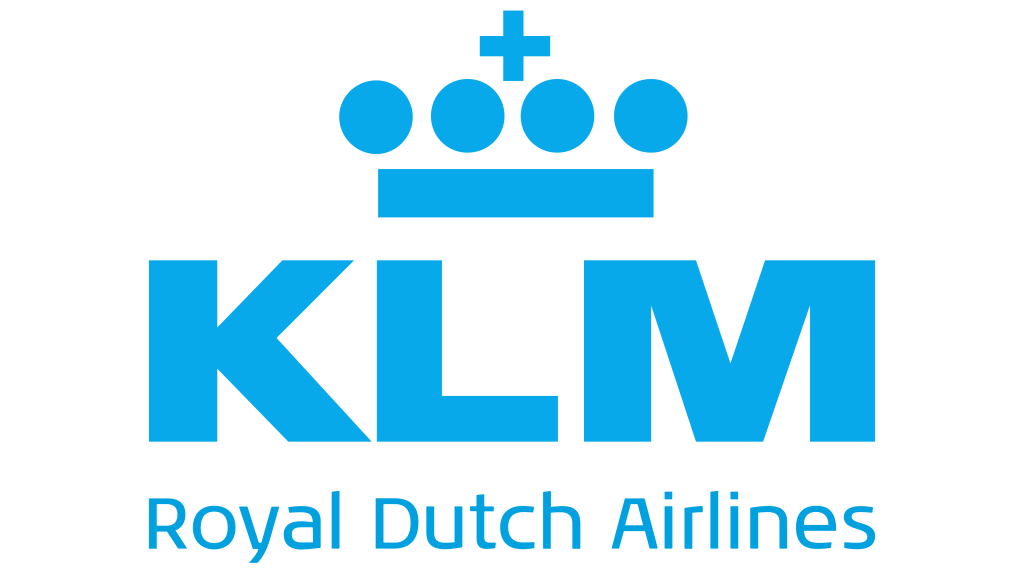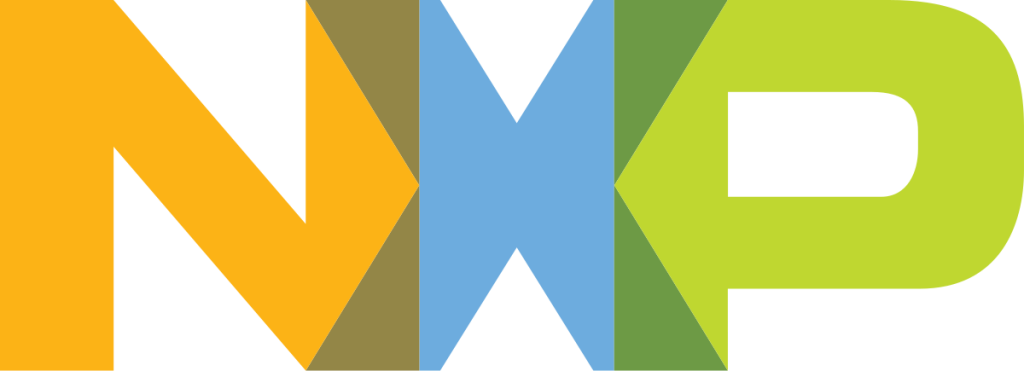Practical steps for leaders to implement AI in organizations, focusing on AI governance, risk management, development, and security.
Trusted by 400+ leading enterprise organizations





Develop or implement AI with confidence—explore 19 essential steps tailored for each key department.
Our analysis of 300B+ lines of code shows 75% of AI systems have major quality issues. Don’t let AI-generated code compromise your systems.
100% of CIOs think their organization cannot manage the risks of AI. Take control now.

Chief AI Officer, and author of AI standards including ISO/IEC 5338 and the EU AI Act security standard.



Notifications